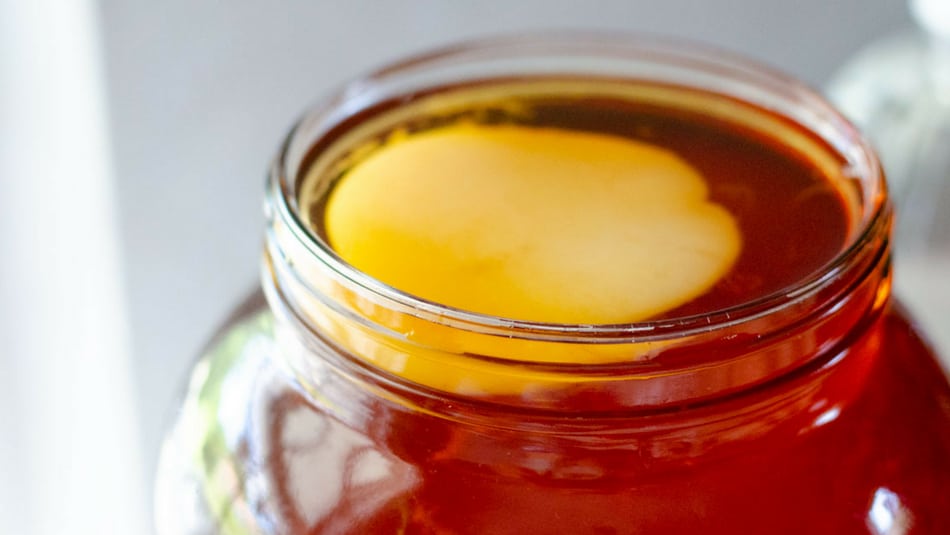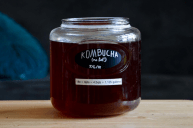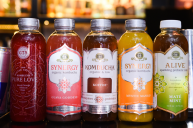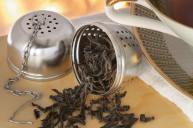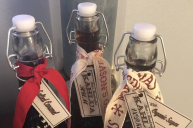The first time I tried kombucha was at a small little pizza place in Portland, Maine. The restaurant had it on tap and because of its less than 1% alcohol content, required me to show my ID to have a sip. As a lover of hot tea (and of sweet tea), I was intrigued to try this tea that was described to me as fizzy, bubbly and a little sour.
Videos by Wide Open Country
It was love at first sip and since that moment, I've been hooked on the fermented tea. Not only is kombucha a flavorful beverage, the fermented kombucha is packed with health benefits such as detoxification and improved digestion. And not to forget that kombucha is also known as a mood enhancer with all the vitamin B.
What makes kombucha different than, say, regular black iced tea, is the fermentation process. Like vinegar, the kombucha tea is fermented with a Scoby (which stands for "symbiotic culture of bacteria and yeast") which then eats sugar and turns the tea into a fermented beverage. Think of it like bread dough. You mix up the sugar, flour, yeast and water and let it rise. The yeast eats the sugar are expands, thus making those amazing little air pockets in bread. It's also what gives it that yeasty flavor.
While it all sounds a bit daunting, brewing kombucha only requires a few ingredients and hardware. In fact in the making of this recipe we utilized a home kombucha brewing kit we bought online. The kit included everything from the glass jar to a pre-measured bag of sugar.
The Kombucha Recipe
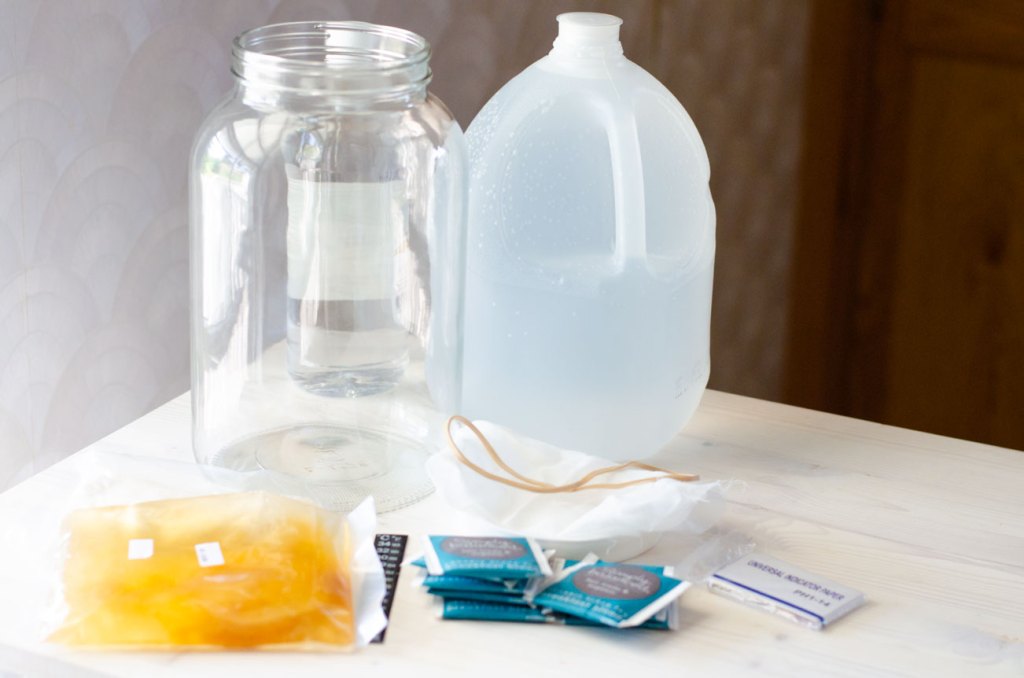
Lyndsay Burginger
-
1 Glass jar and lid
-
1 SCOBY and starter tea
-
1 cup Organic sugar
-
8 black tea bags
-
clean water
-
Rubber band
-
ph test strips
-
cotton cheesecloth
-
temperature gauge
What's great about brewing your own homemade kombucha is how easy it is once you make one batch. That's because your kombucha will produce a new SCOBY and starter tea which can then be made into a new batch. Welcome to a never ending kombucha making cycle.
To begin, add the organic sugar to the bottom of the jar and bring about 12 cups of water to a boil. Pour the water into the jar along with the sugar and stir to combine. Drop in the tea bags to steep, about 5-6 minutes, then remove. Set tea aside until room temperature (which is about an hour or so).
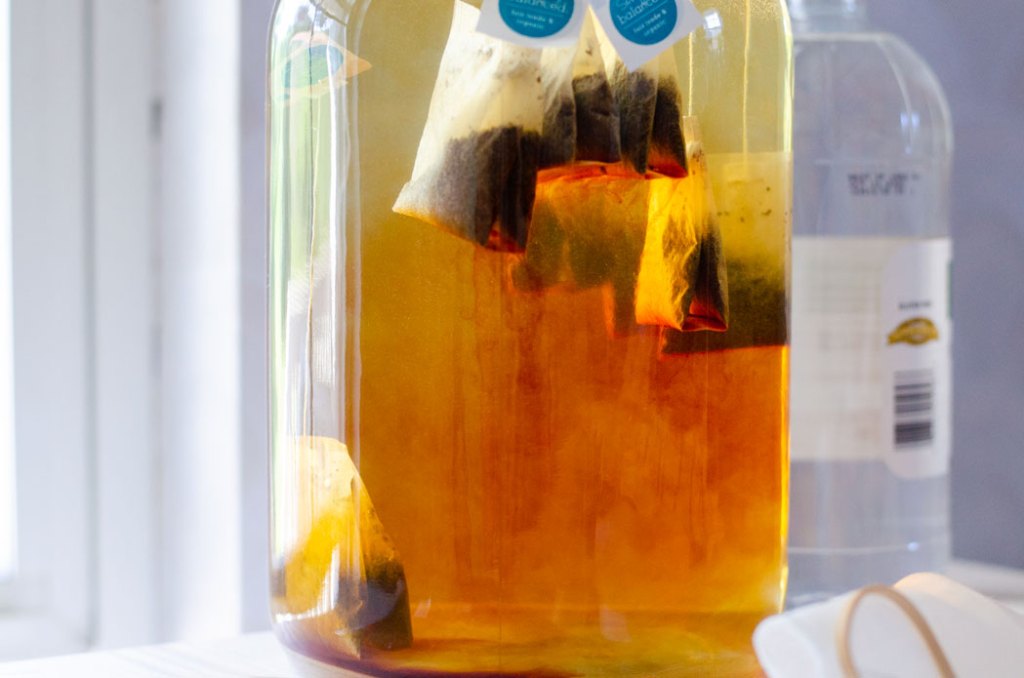
Lyndsay Burginger
Once the tea has come to room temperature plop in the active SCOBY (using clean hands) to the brewing vessel and stir the solution. Using one of the provided pH strips, take a reading and compare it to the guide. The color should indicate a pH of 4.5 or below. Any higher and the kombucha will not brew properly. If the pH is above 4.5, add about a tablespoon of vinegar and stir to retest.
Once the pH is at the proper level top the gallon jar with the provided cheese cloth and secure with a rubber band. Store kombucha on the counter for about 7-10 days, making sure to keep out of direct sunlight. The best temperature is between 68-78 degrees (which you can measure with the provided thermometer).
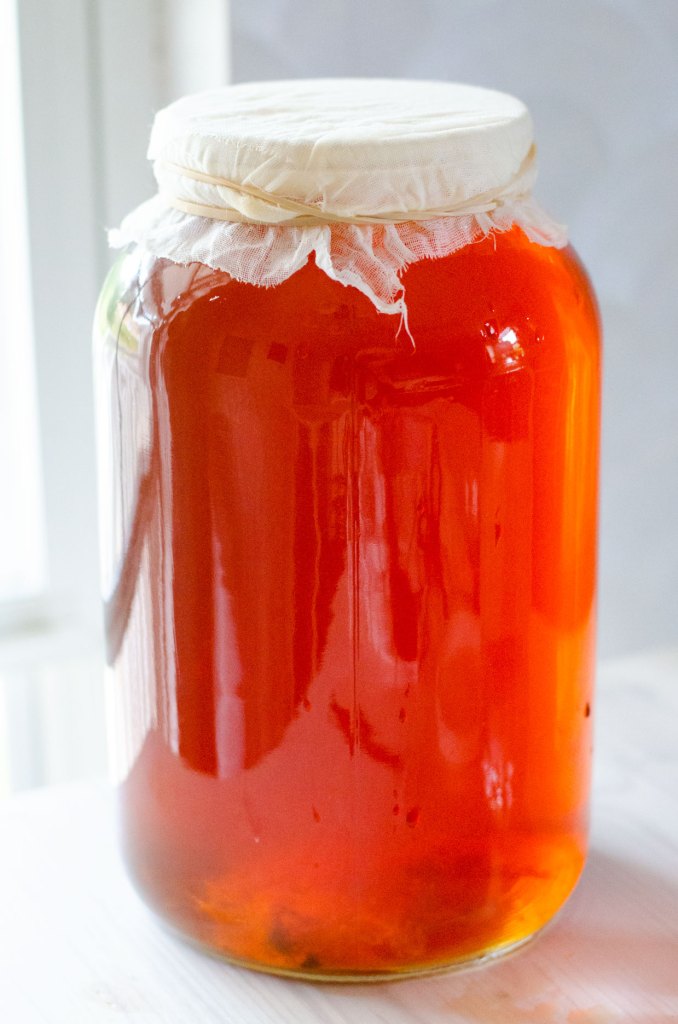
Lyndsay Burginger
After seven days a new kombucha SCOBY has formed. It's a continuous brew with this drink! Remove the SCOBY from the finished kombucha and place into a new container along with 2-3 cups of the tea to become the starter liquid for your next batch.
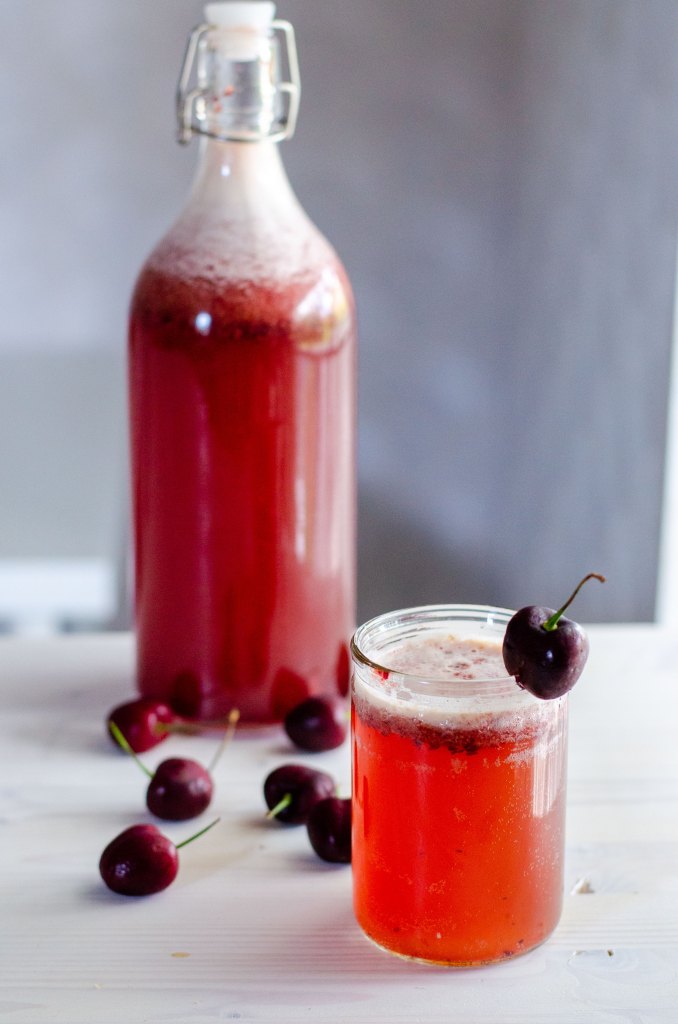
Lyndsay Burginger
From there, the kombucha is ready to be sweetened, flavored and enjoyed. I added a puree of cherries to my fermented tea to add a little bit of sweetness and gosh it's good.
